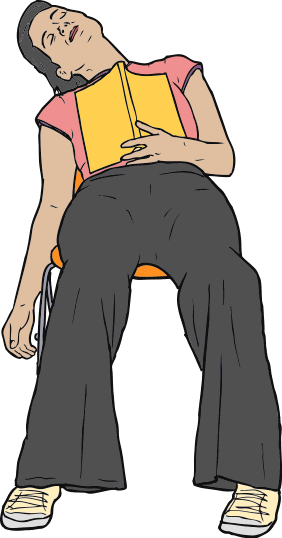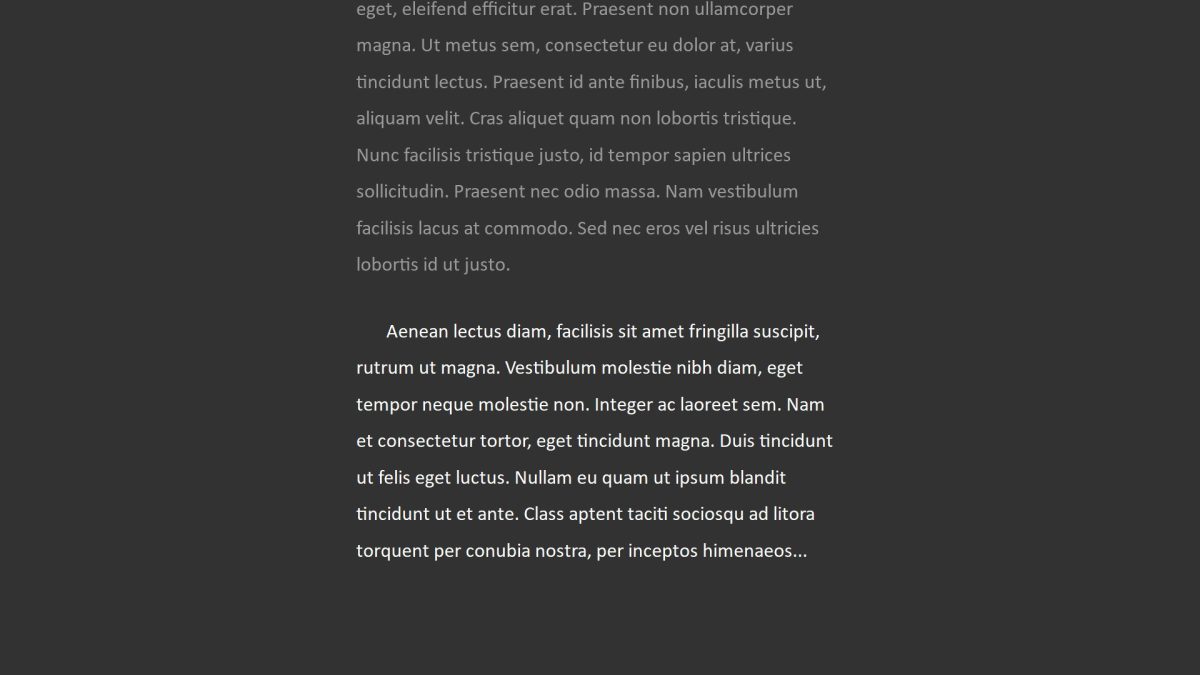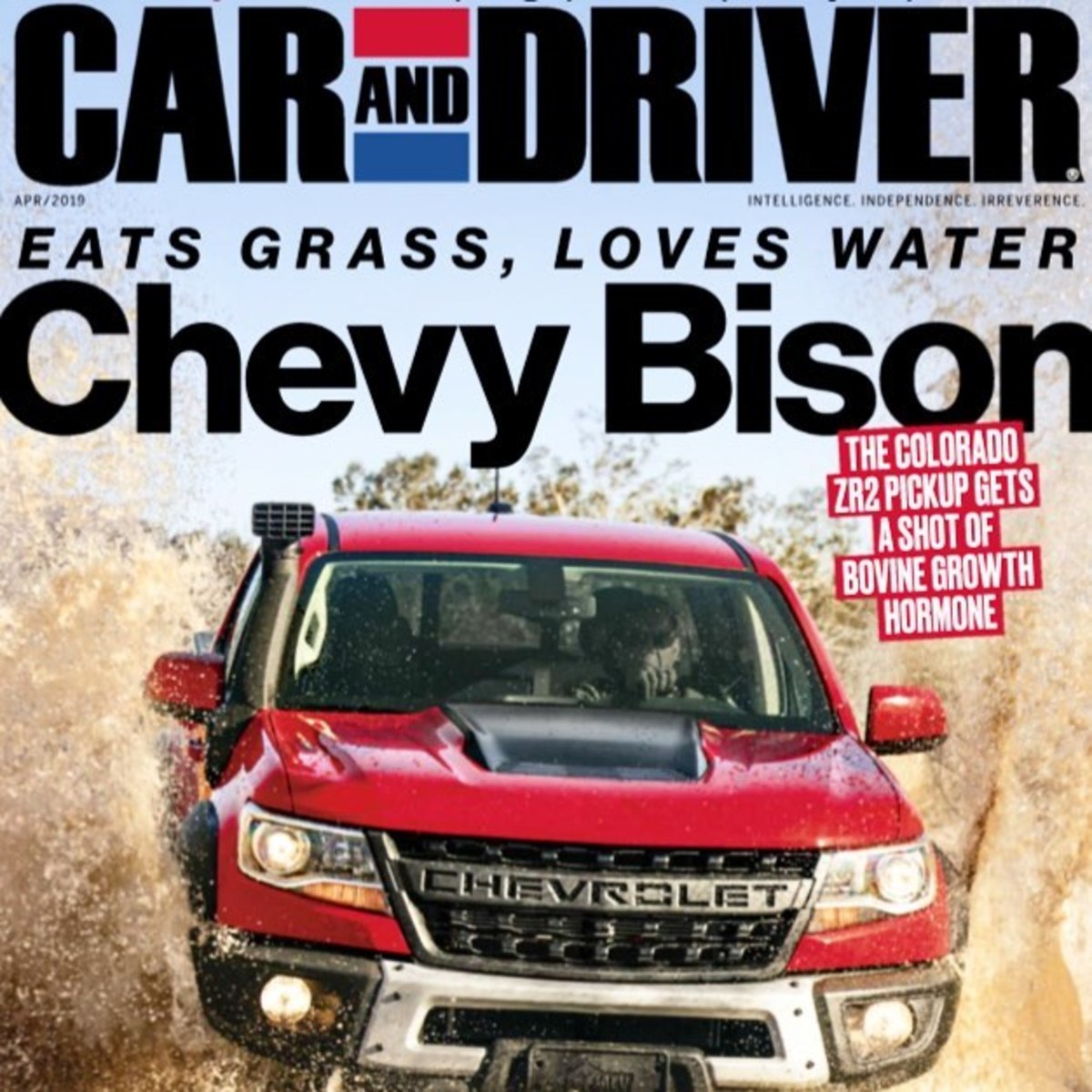Hooking a Reader's Attention
The Artful Craft of Crafting an Introductory Hook
Introduction:
My students have a high level of mastery in writing the body of a paragraph, but they struggle to get started and finished. The teachers who preceded me with 4th through 6th grade Language taught a variety of writing processes, but one teacher, in particular, taught that every hook should be a question. Asking your readers a question will draw them in and they will want to know more. As the teacher who inherits these writers, I have to admit that I began to resent reading papers that started with “Do you want to know more about the Civil War? Well, I’m here to tell you!” Or “Do you know who Abraham Lincoln was? Well, you will by the time I’m finished with this paper.” Yes, questions are viable hooks, but they’re not the only way to capture reader attention. What about quotes, statistics, narratives, and anecdotes?
In an introductory paragraph, the thesis encapsulates the main argument that the writer is making. The introduction should give a brief summation of what points will be discussed so the reader knows what the topic is and has an idea of what comes next. The hook, however, is that beginning moment that catches the reader’s attention and encourages him to read more, not because he has to for peer editing or grading purposes, but because he now literally NEEDS to know more about the topic of discussion. Just like a fishing hook dangles in the water as enticing bait for fish, the literary hook gives us a tantalizing taste of what’s in store. We want more and we can’t resist reading on.
I hope to find out more about hooks, or leads, which will help students to write introductory paragraphs with more success. Questions that will guide my research are:
- How does a Language teacher teach hooks as a writing strategy?
- What are the various hooks writers can use?
- Are there hands-on ways to teach these hooks?
In beginning this, I will look at the literature available online and in print, while revisiting some of my former lesson plans. My vision for this research is to inform myself about introductory hooks and find some strategies for teaching them to students.
Literature Review:
The introduction should encapsulate briefly what the writer wants the reader to capture. Peters, Cellucci, and Kerrigan (2012) discussed four types of leads to help students begin with introductions. A straight lead can either summarize or analyze the main idea of what will be discussed. It is direct and to the point. An indirect feature lead engages the reader and “sparks curiosity, without giving away the ending” through four different hooks: anecdotal, significant detail, round up, and emblem. An anecdotal lead introduces the topic with some sort of narrative or story. Significant detail focuses on one fact that would be especially enticing to the reader. The authors suggest sometimes an outrageous fact related to the topic is a significant detail worthy of enticing a reader to continue reading. A round up lead might include several mini-stories or examples to show a trend or make a key point. An emblem lead selects a person for the reader to identify with either in hypothetical situations or an expert in the field’s quote.
There is no evidence on which is easier, writing the hook first or last in the writing process, but the research suggested a writer should ask himself the five W’s and H in journalistic writing to determine how he wants to introduce his topic. (Peters et al, Lane). From there, the writer needs to decide how he wants to draw in his audience dependent on the genre of his essay. Teaching these different leads seems more direct and specific as I face a room of writers struggling to write their introductions. In the prewriting stage, maybe adding a free write where they answer those five W’s and the H to help them formulate their introduction would be helpful. This will be something to consider as I work on teaching the writing process and as I teach genre and audience, too.
Lane provided more concrete and specific suggestions in writing lead sentences. Referring to them as seeds “from which all that follows will grow” (Horgan qtd. in Lane After the End, p. 17), the lead can be written using several strategies. Lane suggests Ballenger’s questioning strategy as one method. Students brainstorm a list of questions that pique their interest. Of the original list, they then produce a list of questions for one or two specific questions a new lead to the question they most wanted to answer. From there, they work on writing a thesis statement that becomes the lead sentence. In this method, the lead sentence is the thesis. In another method he calls the snapshot, students brainstorm fifteen details about their topic, in this case, a person, but I believe this can also apply to non-people topics like fishing or photography. Once the brainstorm is complete, students free write for ten minutes and share with their writing group or partners. The peers come up with questions that will start the writer on a new path as she free writes with new questions to respond to, taking her lead in a new direction. The writer creates a web chart of her topic and discusses once again with her group. Two new leads are circled, giving the writer choices of seven new directions she can go. The writer chooses, then, which intrigues her the most and continues from there.
In his book Reviser’s Toolbox, Lane shares several strategies for specifically writing a lead. For narrative leads, he had several activities. Digging a potato allows students to listen to possible leads and come up with questions while they listen. Student one actively tells a story or shares a piece of writing. Her listeners come up with curious questions. The writer chooses her favorite questions to answer in a new lead. Talking leads give a line or two of dialogue. Thinking leads provide a thought inside the head of the character or the writer. Misleading leads are similar to a bait and switch scam: certain information is given, but then a surprising twist leaps up to trip up the reader. A set up lead provides action for the story in a few sentences. A snap shot lead allows students to create a picture in the reader’s mind. Snap shot leads can also be used for expository writing. Expository writers can also use strongly stated questions, important observations, personal connections, interesting facts, a-ha moments, or a disgusting detail to engage their readers.
Lane also suggests several activities not tied to specific topic writing where lead sentences are studied as examples, both good and bad examples, where students can discuss which ones they want to continue reading and which ones leave their interests stagnant. He suggests some activities where students re-write simple leads into more elaborate sentences or shrink long leads into simple sentences. Also, students experiment with writing long sentences followed by short sentences, play with prepositions, cut out all adjectives and intensifiers and excessive language, and work to find a balance between concise and descriptive.
Conclusion Response:
How will the research impact my teaching? I will teach hooks in a three-tiered scaffold of lessons: through defining, modeling, and hands-on activities. In the definition stage, students will be introduced to the variety of hooks and granted many examples of the different types of hooks. Hooks will be defined and studied, discussing how they pertain to particular genres of writing, how they work, and which ones are most effective. By the time, the defining lessons are complete, students will have been exposed to questions, observations, personal connections, anecdotes, straight leads, indirect features, anecdotes, significant details, round ups, summaries, analysis leads, snapshots, talking leads, thinking leads, and others listed above.
The first and second tier will go hand in hand as I model ways to write the various hooks, give examples in literature and non-fiction writing of hooks, and allow the students opportunities to write hooks for different genres and audiences. The third tier scaffolds onto the second as students are given hands-on activities to develop their hooks. From pre-writing activities learned this summer to lesson plans I’ve already written, students will practice, practice, and practice more. Students will be given chances to question, dig for potatoes, create snapshots, tell narratives, open with dialogues, find appropriate quotes, craft misleads, write set ups, make personal connections, draw observations, impart facts, and entice a reader with a gross fact.
Finding the answers to my questions was rather tedious at first. The research addresses writing as a whole and not in the pieces that make up an introduction. I began with six articles, but weeded out five of them for a variety of reasons. The two books that were added towards the end were the most relevant and useful. I would like to have seen some case studies regarding these specific strategies, but since I plan to attempt them in my classroom, my students will be the ultimate data I need to see if I’ve been successful in teaching hooks. In all honesty, if I can avoid a “Do you want to know more about…” lead this year, I think I will be a very happy educator!
Works Cited:
Lane, Barry. After the End: Teaching and Learning Creative Revision. New Hampshire:
Heinemann, 1993. Print.
Lane, Barry. Reviser’s Toolbox. Vermont: Discover Writing Press, 1999. Print.
Peters, Cara, Cellucci, Leigh W., and Kerrigan, Daniel. “Improving the Hook in Case Writing.”
Journal of Case Studies 30.2 (Nov., 2012): 1-6. Web.






